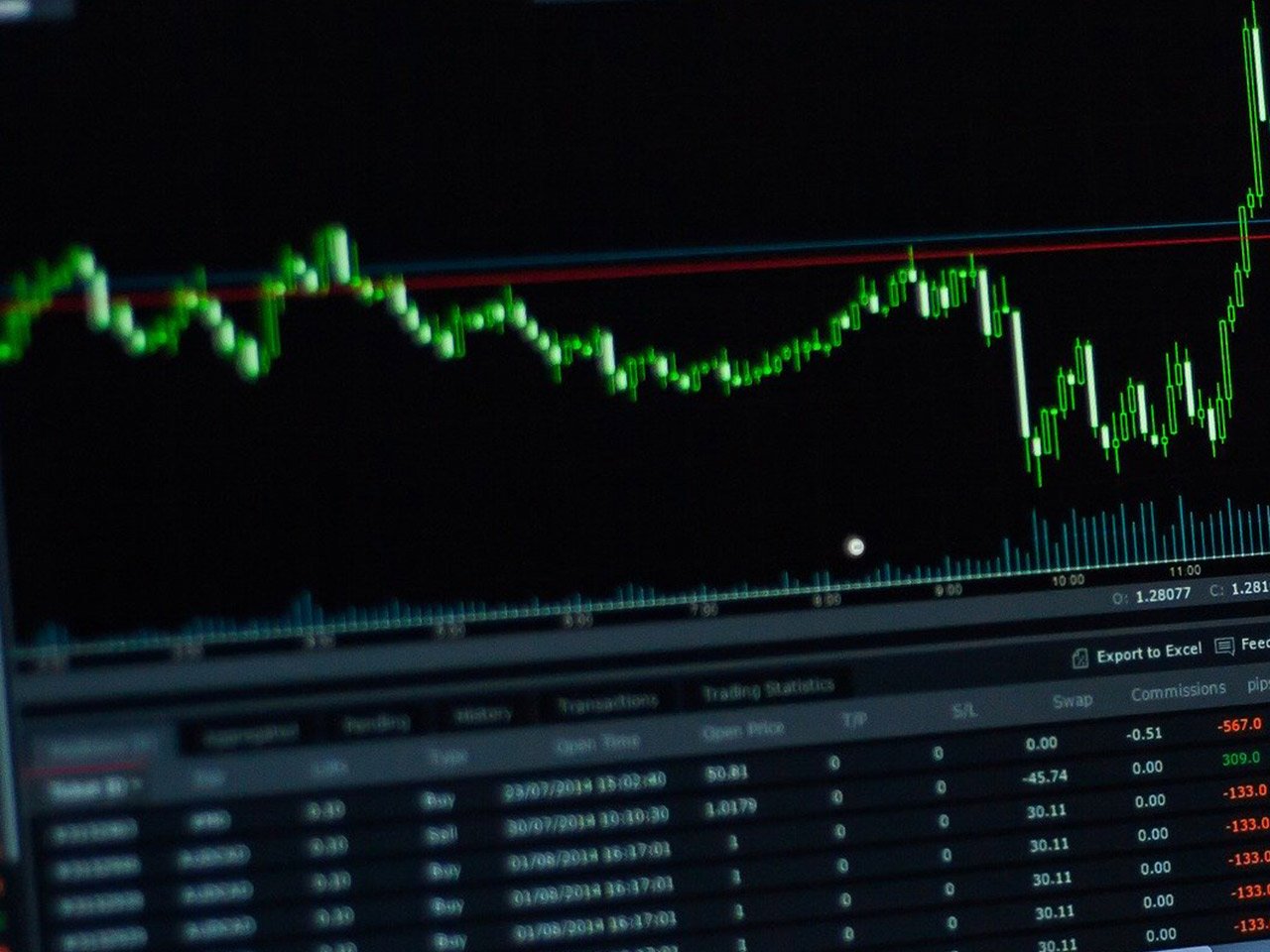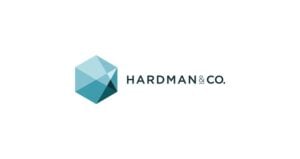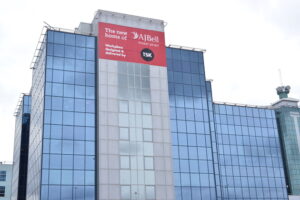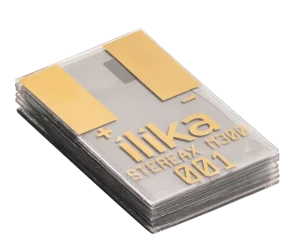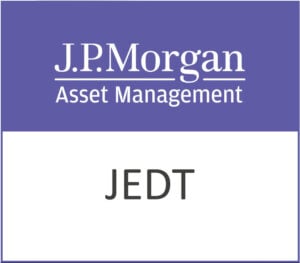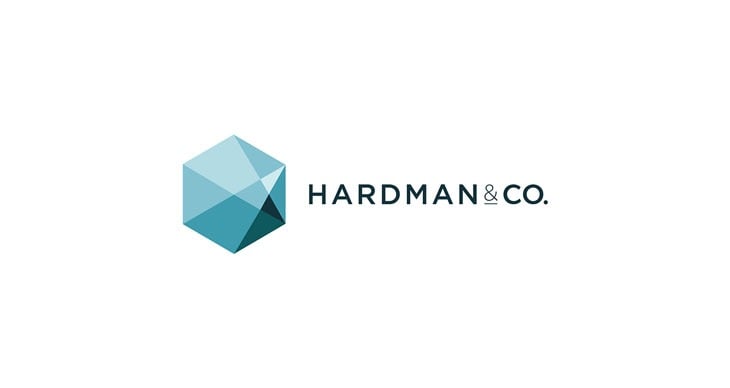British American Tobacco PLC (BATS.L), a stalwart in the consumer defensive sector, remains a significant player in the global tobacco industry, boasting a market capitalisation of $95.93 billion. Based in London, this century-old company has consistently provided a range of tobacco and nicotine products, including both traditional and modern offerings, to markets across the Americas, Europe, Asia-Pacific, the Middle East, and Africa.
Despite its venerable status, British American Tobacco (BAT) currently faces a challenging financial landscape. The company’s share price is at 4,315 GBp, reflecting a slight decrease of 0.02%, with a 52-week range between 2,631.00 and 4,393.00 GBp. These figures suggest a volatile year for the stock, with the current price nearing the upper end of its annual spectrum.
A closer examination of BAT’s valuation metrics paints a mixed picture. The absence of a trailing P/E ratio, alongside a remarkably high forward P/E of 1,183.16, raises questions about future earnings expectations. The lack of a PEG ratio and other valuation metrics further complicates the assessment of the company’s intrinsic value. Investors may find these figures somewhat opaque, necessitating a deeper dive into the company’s strategic direction and potential growth avenues.
Performance metrics further highlight the challenges at hand. With a revenue growth contraction of 2.20%, BAT is navigating a shrinking top line. Nevertheless, the company has managed to maintain a return on equity of 6.27%, indicating some level of profitability. Moreover, the free cash flow standing at an impressive £9.27 billion underscores BAT’s robust cash-generating ability, which remains a vital component of its financial health.
One of BAT’s most appealing features for income-focused investors is its dividend yield of 5.57%. However, the high payout ratio of 170.77% might raise sustainability concerns, suggesting the dividends are being funded from sources beyond current earnings. This aspect could be a red flag for investors who prioritise dividend reliability.
Analyst ratings provide a nuanced view of BAT’s prospects. With seven buy ratings contrasted by four holds and one sell, market sentiment appears cautiously optimistic. The average target price of 4,095.83 GBp suggests a potential downside of -5.08% from current levels, indicating that analysts foresee limited room for immediate upside.
From a technical perspective, BAT’s stock is trading above both its 50-day and 200-day moving averages, which might typically signal a bullish trend. However, the relative strength index (RSI) of 82.67 suggests that the stock is heavily overbought, a potential harbinger of a price correction. The MACD and its signal line further support this notion, with the MACD trailing below the signal line, indicating waning momentum.
As British American Tobacco continues to innovate within the tobacco and nicotine sector, investors need to weigh the balance between its historical resilience and current financial challenges. The company’s strategic emphasis on reduced-risk products, such as vapour and heated tobacco, could be pivotal in sustaining its competitive edge amidst evolving industry dynamics.
Investors considering BAT should remain vigilant about market trends, regulatory changes, and consumer preferences that could impact the company’s performance. Ultimately, while BAT presents certain attractive attributes, particularly its robust cash flow and dividend yield, the high payout ratio and valuation ambiguities necessitate a cautious approach.


